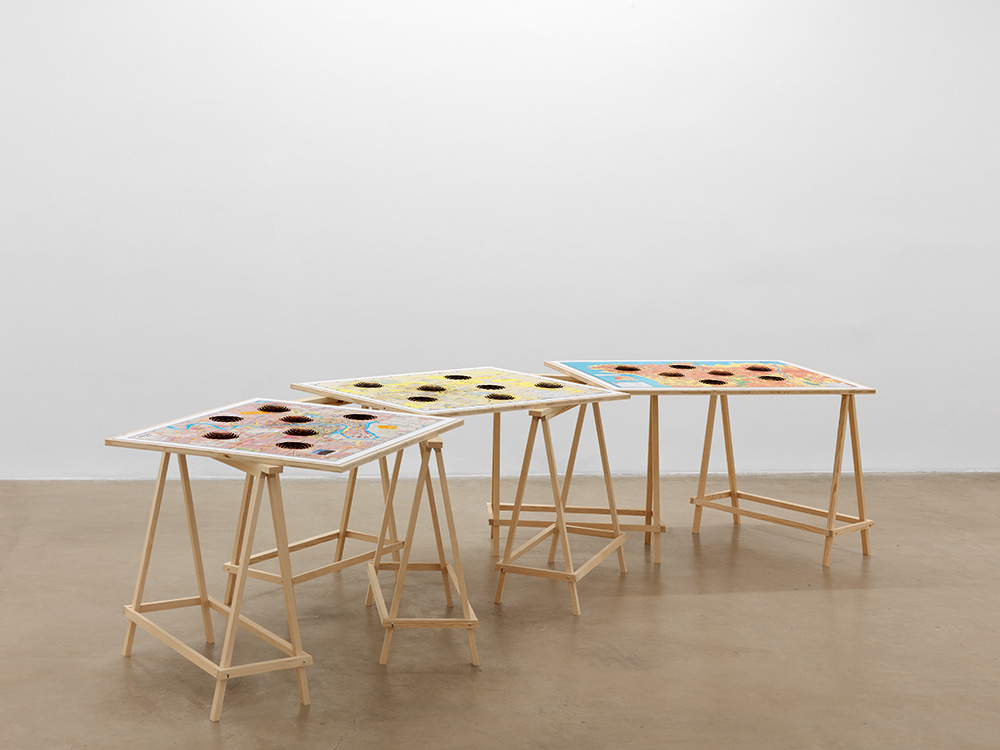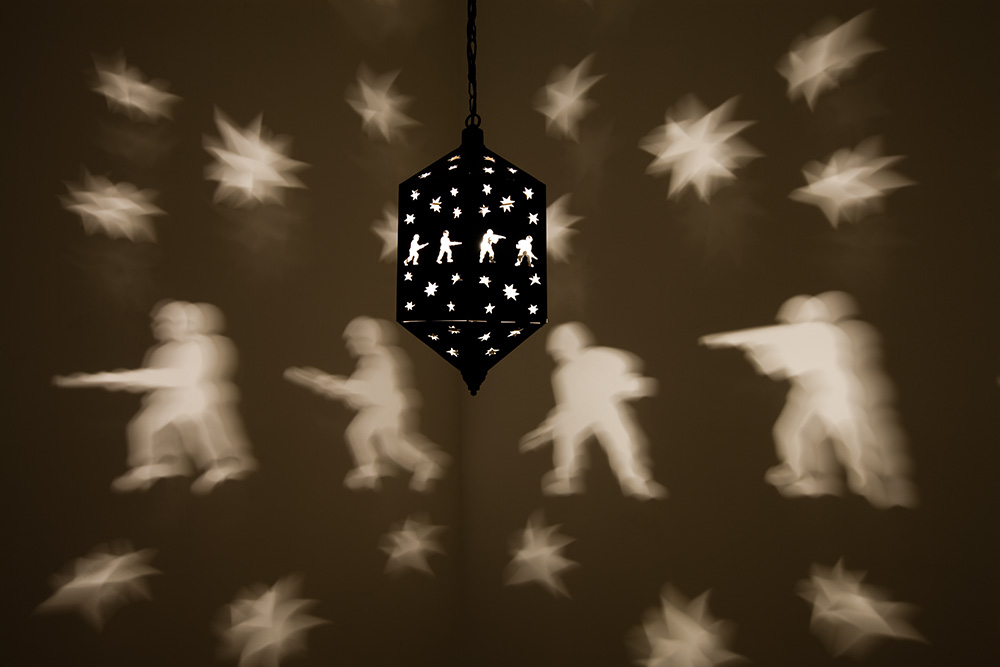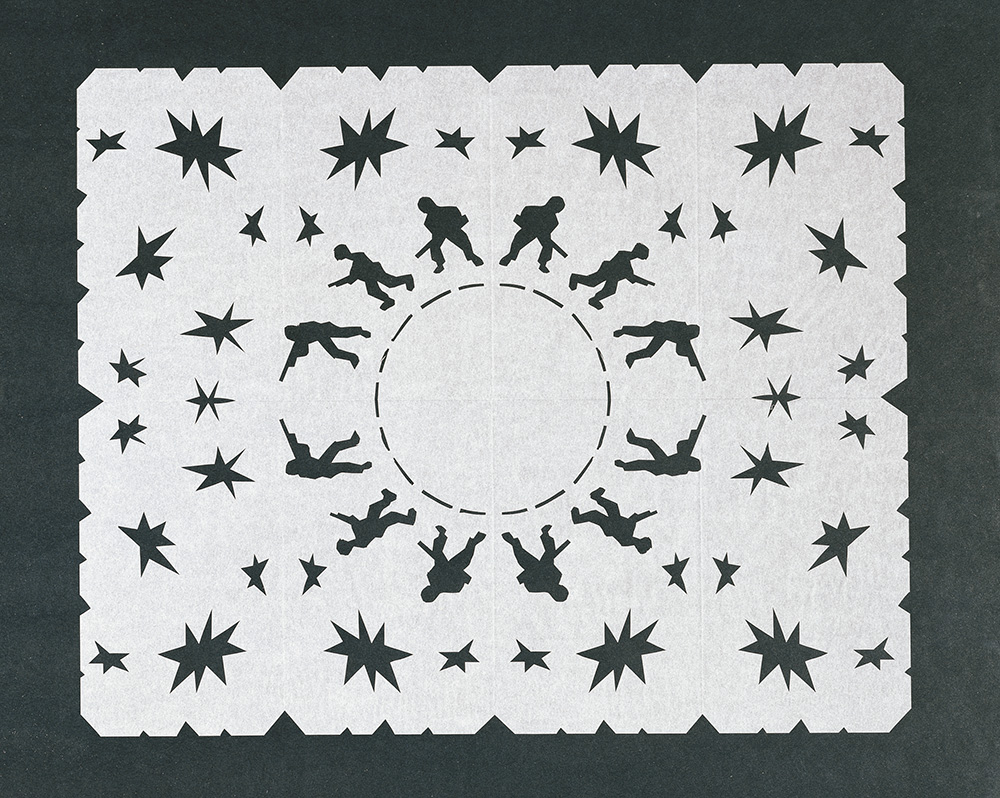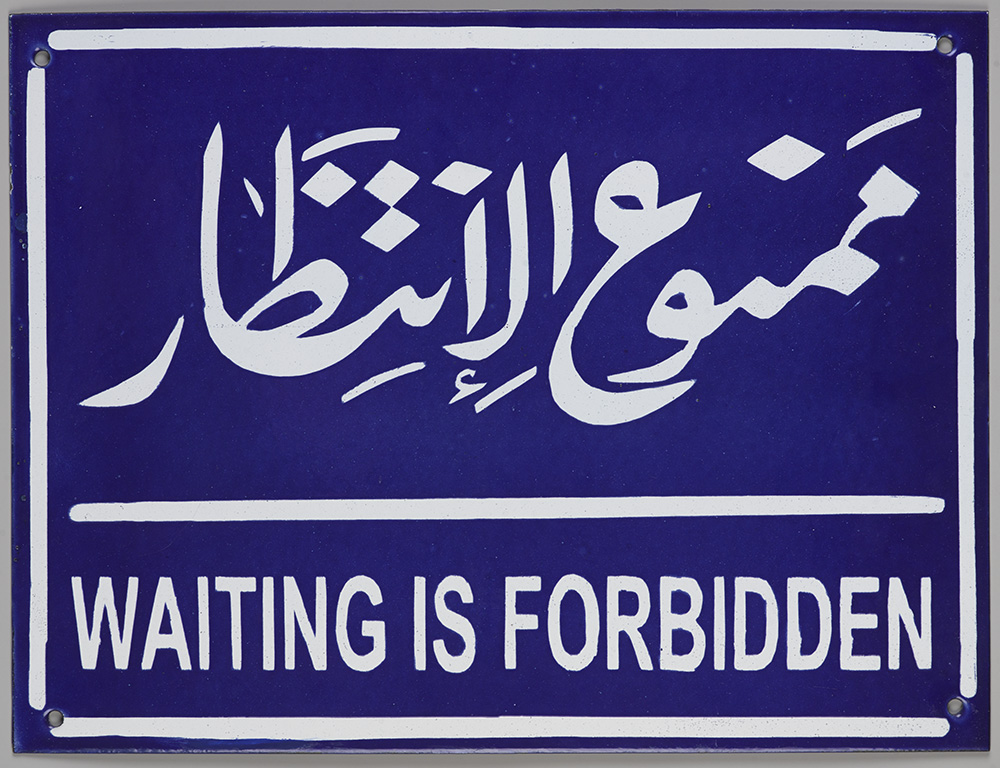ART-PRESENTATION: Mona Hatoum-Terra Infirma
 Mona Hatoum creates work that evokes the growing unease of a world that seems ever-expanding and as technologically networked as it is politically fractured by war and exile. Since the late 1980s, her sculptures and installations have been grounded in questions about how shifting geography and institutional structures can redefine our understanding of “home,” as she investigates place and the body through a minimalist language of form and a wide range of materials, from glass and steel to light and sand.
Mona Hatoum creates work that evokes the growing unease of a world that seems ever-expanding and as technologically networked as it is politically fractured by war and exile. Since the late 1980s, her sculptures and installations have been grounded in questions about how shifting geography and institutional structures can redefine our understanding of “home,” as she investigates place and the body through a minimalist language of form and a wide range of materials, from glass and steel to light and sand.
By Efi Michalarou
Photo: Pulitzer Arts Foundation Archive
“Mona Hatoum: Terra Infirma” is the artist’s first major solo exhibition in the United States in more than twenty years, the exhibition presents 30 major sculptures and installations from North American and European Collections. In the exhibition are on presentation 30 major sculptures and installations from North American and European collections and also a number of smaller sculptures and works on paper. Hatoum has long been interested in the power of unexpected encounters and material juxtapositions. Over the course of her more than forty-year career she has repeatedly used Surrealism as a point of departure. In a time of global migration, displacement and political uncertainty, this provocative connection is particularly relevant. Highlights include work imbued with a sense of physical danger that challenge the idea of home as a place of rest and comfort. “Homebound” (1999) is a room-size assemblage of electrified household objects and furniture threaded together by a crackling wire of live electricity. Other works depart from the Surrealist notion of the uncanny. “La grande broyeuse (Mouli-Julienne x 17)” (1999) based on an old-fashioned rotary food mill from her mother’s kitchen that Hatoum used to make potato chips when she was a child. Super-sized to 17 times the original dimensions, the sculpture resembles a giant scorpion. And the scale matters: It’s designed so that an adult could coil up in a fetal position inside the bowl before being sliced to pieces. The 400 barbed-wire strands of “Impenetrable” (2009)is a response to Jesús Rafael Soto’s luminous and delightful rubber “Penetrables” appear to dangle weightlessly from the ceiling, barely visible from a distance, hung in a meticulous grid whose openings seem to move as viewers walk around it. The barbed wire itself is loaded with contradictions, designed both to keep people out, and in. Specially constructed rooms entice visitors into other kinds of unstable environments. Another exhibition highlight is “Projection (velvet)” (2013), a work made of silk velvet that presents an alternative depiction of a world map. Based the Gall-Peters Projection, which represents each and mass in relative proportion to each other while also accounting for the contours of the earth, Hatoum’s map provokes a sense of instability by presenting the world in an unfamiliar way. The rotating tin lamp “Misbah” (2006-7) punched with images of soldiers and explosions instead of ornate arabesque patterns, immerses viewers in a disorienting space of light and shadows. “& and -” is a circular sandbox with a metal blade that rotates on a central axis. The blade has teeth on one end and a smooth edge on the other, so its continuous movement creates concentric ridges and erases them. Hatoum conceived the work as a small kinetic prototype, “Self-Erasing Drawing” in 1979, when she was still an undergraduate. She made a larger but temporary version for a festival in Japan in 1994, then 10 years later worked with a German craftsman to perfect the current version, which holds 2,400 pounds of sand. It represents a cycle of opposites that need each other to exist. Other works in the exhibition include “Silence” (1994) an infant’s crib constructed of thin glass laboratory tubes and “So much I want to say” (1983) a video of the artist’s face as she struggles to fend off male hands gagging her,
Info: Pulitzer Arts Foundation, 3716 Washington Boulevard, St. Louis, Duration: 6/4-11/8/18, Days & Hours: Wed-Thu & Sat-Sun 10:00-17:00, Fri 10:00-20:00, https://pulitzerarts.org







